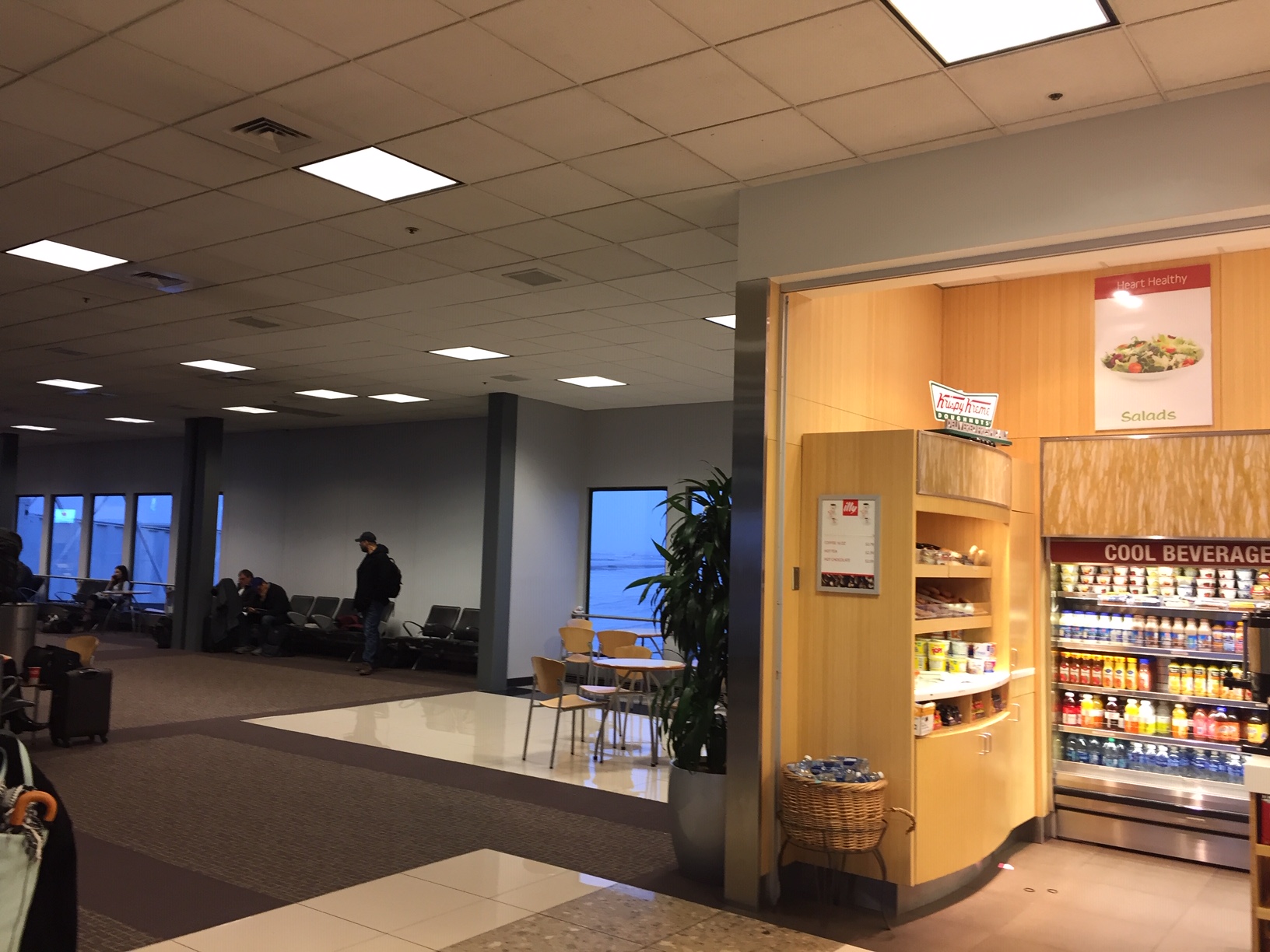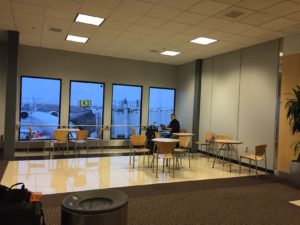Passengers and workers in Salt Lake City International Airport can breathe easier now that the airport has implemented a 100% smokefree indoor air policy.
Salt Lake City Mayor Jackie Biskupski took the lead in making Salt Lake City (SLC) International airport a smokefree airport. Mayor Biskupski announced in May 2016 that SLC would be a smokefree airport by year’s end. The airport started phasing out smoking rooms in July. By the end of 2016, SLC successfully completed the transition to a 100% smokefree indoor air policy, joining the ranks of airports around the world that ensure smokefree indoor air for the health of passengers, pilots, flight attendants, and airport employees. The former smoking room glass walls have been removed, and the space has been re-purposed into useful passenger amenities such as seating, tables, and power charging stations.
Indoor smoking in airports used to be common because of tobacco industry pressure. Once secret tobacco industry internal documents show that companies, like Philip Morris, targeted hub airports like SLC to keep smoking indoors despite clear evidence that tobacco industry gimmicks, such as airport smoking rooms and ventilation systems, do not address the health hazards of secondhand smoke for people in the building.
Almost all U.S. airports and many international airports are now smokefree indoors given the greater awareness of the health hazards of secondhand smoke, the ongoing decline in the number of people who smoke, and shifting public expectations for a healthier, smokefree environment.
In addition, more airports are also adopting smokefree zones outside entrances and in semi-enclosed areas such as garages, and shuttle stops. For people with asthma, smokefree zones can make the difference between a trip for business versus a trip to the emergency room.
Smokefree airports are not only good for health, but also make good business sense!









